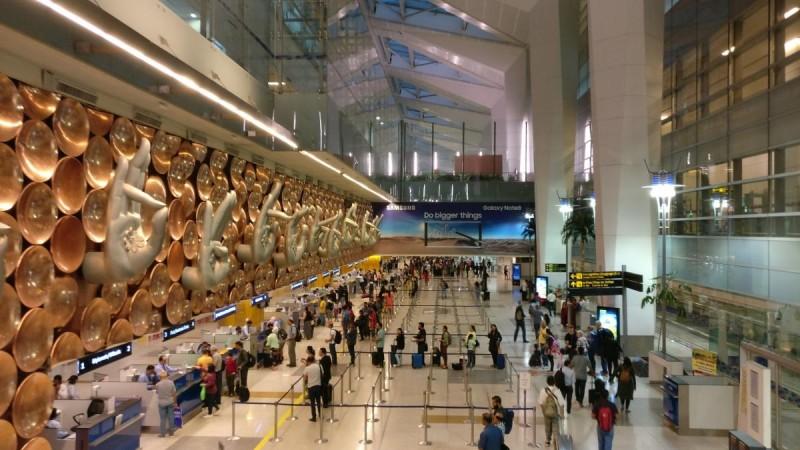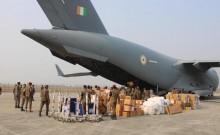The Terminal 3 of Indira Gandhi International Airport (IGIA) in Delhi is continuing to see congestion, with social media flooded by testimonies of flyers describing their ordeal of facing long waiting hours.
"Situation at Delhi airport is so chaotic that railway station seems better option....it takes 2.5 hours for a delhi bangalore flight but it takes around 3-4 hours to get a clearance from entry point to security check and reaching your boarding gate (sic)," a Twitter user wrote on the social networking platform on Tuesday.
"Reached the Delhi airport and settling in, hope I'm not too late because my flight is in just seven days," joked another.

So, how did this situation arise?
According to reports, one of the causes of the congestion may be the increased footfall of passengers at the end of this year, post the COVID-19 pandemic. The Indian Express has reported that travel numbers have seen a boost this year after a comparatively milder third wave of the infection earlier this year. "We have gone from a Covid era of zero passengers to actually surpassing the pre-Covid numbers," Union Civil Aviation Minister Jyotiraditya Scindia had also earlier said.
What could be also adding to the mess is that the Terminal 1 of IGI is undergoing an expansion, which has resulted in more passengers flying through Terminal 3. Further, some passengers have also been pointing out tech glitches with the barcode scanners at check-in points.
In addition, The Quint quoted Air India's former executive director Jitender Bhargava as saying that the usage of multiple trays to place their gadgets, belts and jackets etc during the security check may also be adding to the load.

What is being done to handle the situation?
Amid several complaints, Scindia made a surprise visit to the airport on Monday morning. Following this, the government came up with an elaborate five-point action plan, which includes digital display boards showing wait time at each entry gate and one least wait time board at the terminal checkpoint.
A Command Center will monitor crowding at the gates in real-time and crowd managers and ushers will guide travellers. Besides, airlines have to be notified of the crowd numbers, so that check-in points can be made congestion-free. Moreover, real-time updates on wait time will be posted on social media.
Additionally, as per the action plan, flights during peak hours will be reduced between 5 am to 9 am. "May also explore moving some flights to T1 and T2 or non-peak hours at T3," said an official.
The action plan also said that all airlines will keep their counters completely manned, especially during peak hours.
For Security-check (T3 Domestic), additional ATRS (Automatic Tray Retrieval System) machines for baggage check will be deployed. "Pre-Covid-19, we had 13 ATRS machines installed on the ground (11 for passengers + 2 for crew and specially abled). This number has been increased to 16 (10 ATRS + 6 conventional x-ray machines ) in the last few days. This will be increased further to 17 soon, and subsequently to 20," said an official.
Also, the Parliamentary panel committee will meet with Videh Kumar Jaipuriar, the CEO of airport operator Delhi International Airport Ltd (DIAL), on December 15 to take up the issue of congestion at the airport.
Delhi airport is one of the busiest airports in the country and handles over 1,100 daily flights. Among the terminals, T3 is the busiest and between December 1-7, it handled nearly 500 domestic and about 250 international flights.
With inputs from agencies.








